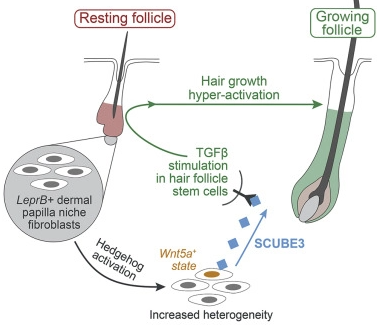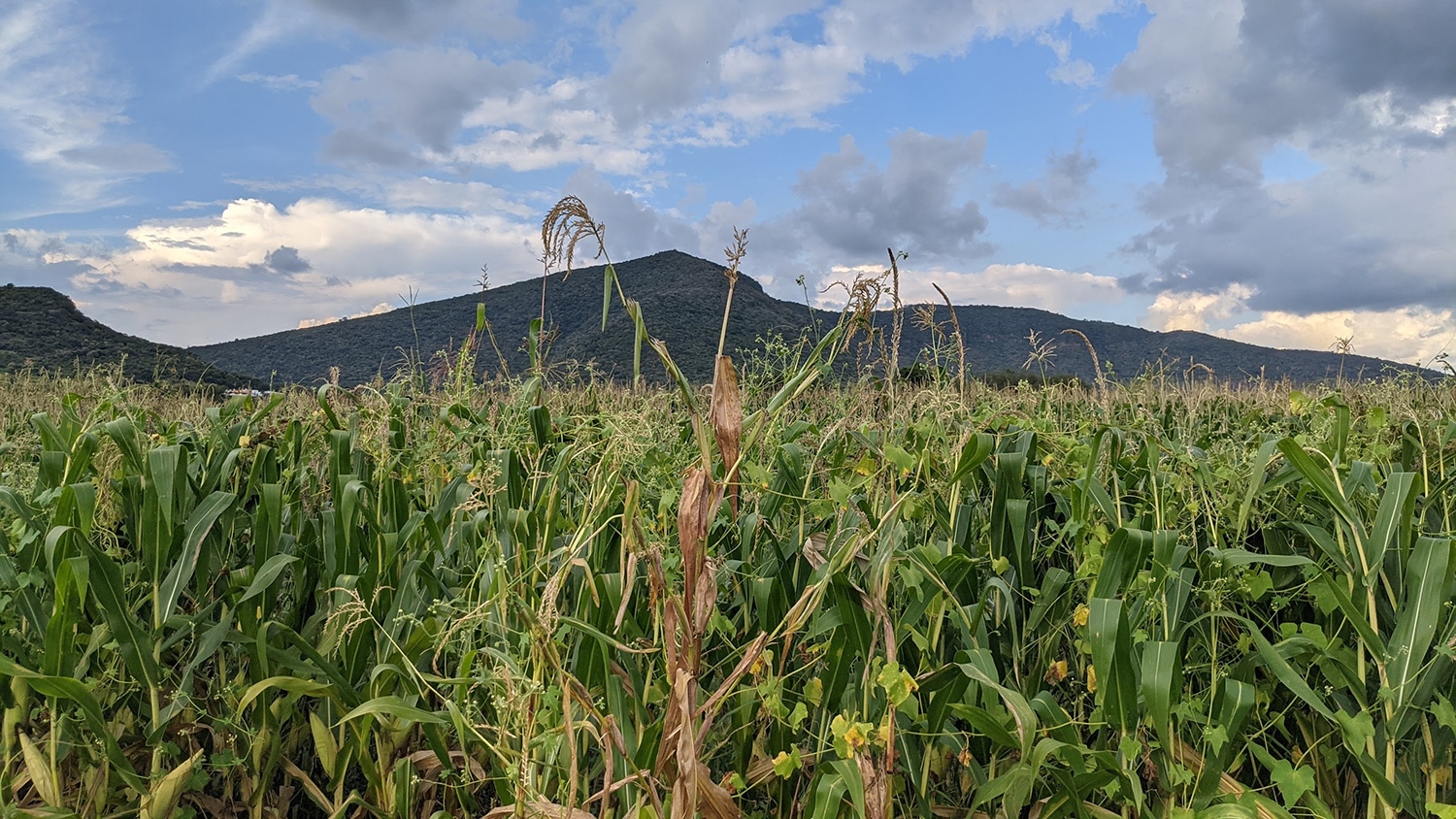人工Hox遺伝子の構築により、細胞が体内で自分の位置を覚える仕組みを解明 Building artificial Hox genes enables researchers to see how cells learn their location in the body
2022-06-30 ニューヨーク大学 (NYU)
この成果は『Science』誌に掲載され、Hox遺伝子のクラスターが、細胞が体内のどこにいるかを学習・記憶するのに役立つことを確認したものである。
発生過程において、Hox遺伝子は、細胞が軸に沿ってどこに移動し、どのような体の部分を構成するかという計画を決定する建築家のような役割を担っている。Hox遺伝子は、臓器や組織が正しい位置に発生するようにし、胸郭を形成したり、翼を解剖学的に正しい位置に配置したりします。
Hox遺伝子が制御ミスや突然変異で機能しなくなると、細胞が失われ、一部のがんや先天性欠損症、流産に関与する可能性があるのです。
マウス幹細胞に人工Hox DNAを導入することで、研究チームは、Hox遺伝子が細胞の位置の学習と記憶にどのように役立っているかを調べることができるようになった。
研究チームは、この遺伝子密集型クラスターだけで、細胞が位置情報を解読し、それを記憶するのに必要なすべての情報が含まれていることを発見した。
<関連情報>
- https://www.nyu.edu/about/news-publications/news/2022/june/synthetic-dna-hox-genes.html
- https://www.science.org/doi/10.1126/science.abk2820
合成的制御再構成により、哺乳類Hoxクラスター制御の原理を解明 Synthetic regulatory reconstitution reveals principles of mammalian Hox cluster regulation
Sudarshan Pinglay,Milica Bulajić,Dylan P. Rahe ,Emily Huang ,Ran Brosh ,Nicholas E. Mamrak,Benjamin R. King,Sergei German,John A. Cadley ,Lila Rieber,Nicole Easo ,Timothée Lionnet ,Shaun Mahony ,Matthew T. Maurano ,Liam J. Holt ,Esteban O. Mazzoni,Jef D. Boeke
Science Published:1 Jul 2022
DOI: 10.1126/science.abk2820

Abstract
Precise Hox gene expression is crucial for embryonic patterning. Intra-Hox transcription factor binding and distal enhancer elements have emerged as the major regulatory modules controlling Hox gene expression. However, quantifying their relative contributions has remained elusive. Here, we introduce “synthetic regulatory reconstitution,” a conceptual framework for studying gene regulation, and apply it to the HoxA cluster. We synthesized and delivered variant rat HoxA clusters (130 to 170 kilobases) to an ectopic location in the mouse genome. We found that a minimal HoxA cluster recapitulated correct patterns of chromatin remodeling and transcription in response to patterning signals, whereas the addition of distal enhancers was needed for full transcriptional output. Synthetic regulatory reconstitution could provide a generalizable strategy for deciphering the regulatory logic of gene expression in complex genomes.


